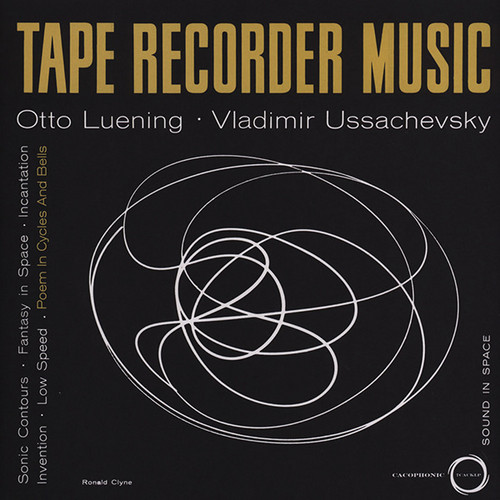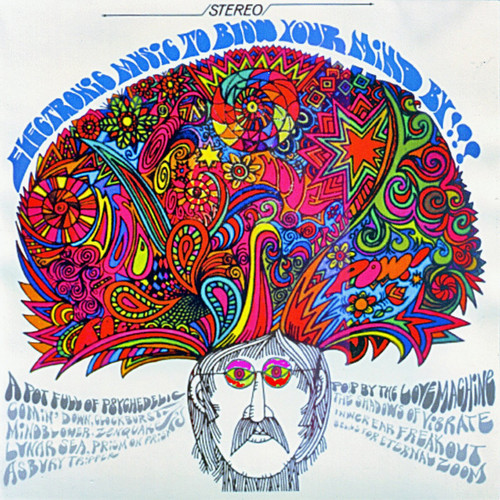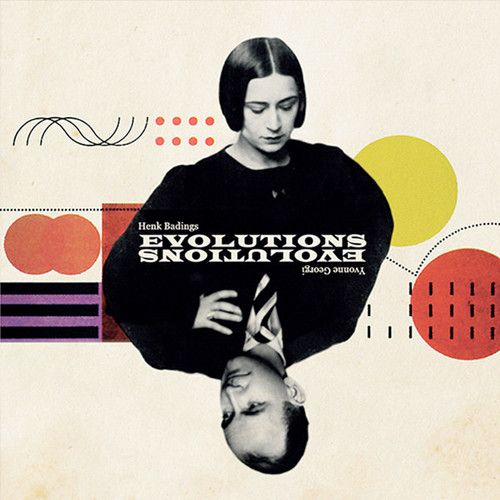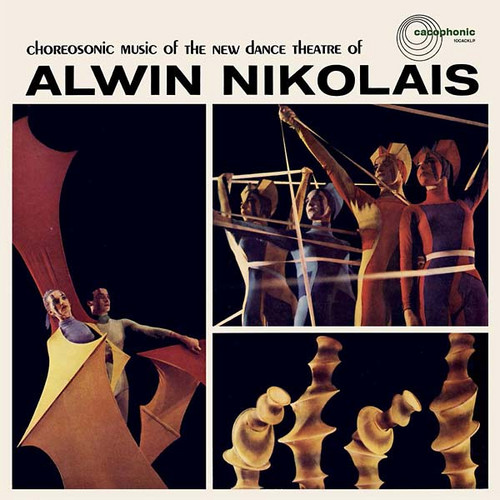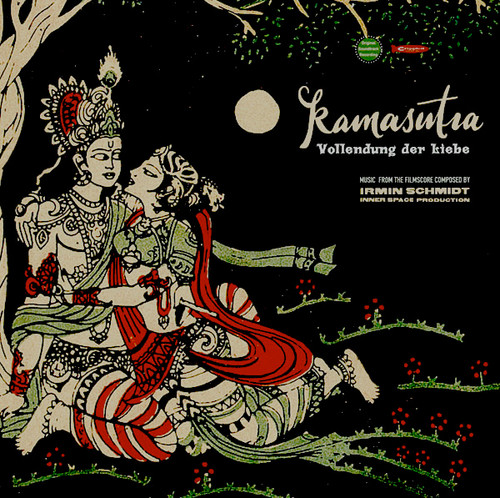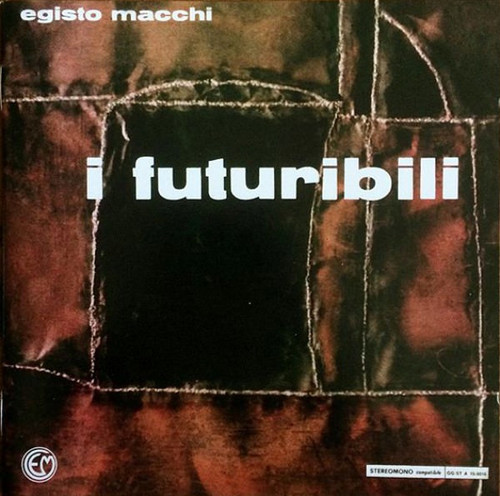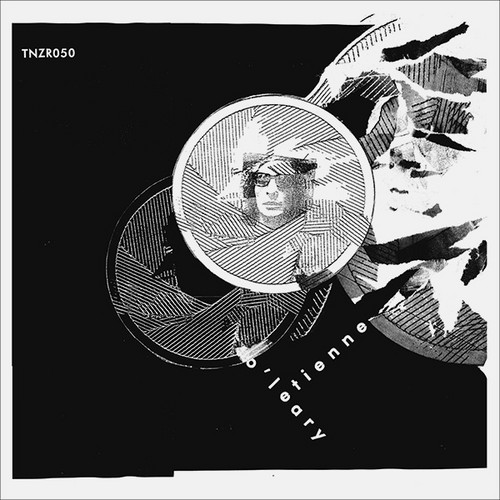Underground
Milestone Reissue! Remastered from the original master tapes with superior sound quality, replica of the original RCA LP (with bonus CD) in a limited edition of 500 copies. Initially pressed in very few copies for TV production use only on Umiliani's LIUTO label. A monster rare album with Music by Alessandro Alessandroni and Oronzo De Filippi Produced by Piero Umiliani at the now legendary Sound Work Shop studio in Rome, January 1971. During the '70s, work days at Umiliani's Sound Workshop Studi…
Tape Recorder Music
Originally released in 1955. One of the very earliest and most important examples of electronic tape music to be pressed on vinyl (alongside the Radiodiffusion-Télévision Française musique concrète compilations in France and Jim Fassett's comedic 1953 Strange to Your Ears novelty record), this privately pressed 1955 10" was released on a one-off label owned by businessman Gene Bruck to document a custom-made performance at the Museum of Modern Art in New York in 1952. This facsimile edition of t…
Electronic Music To Blow Your Mind By
Psych LP from 1968 by the Love Machine, “Electronic Music to Blow Your Mind By!!!” – and trust me, it can be done – on the Design label. One of the harder-to-find exploito-psych albums with an absolutely psychedelic cover. Like all these studio cash-in albums, you need to approach this one in the right state of mind, and by that I mean altered. But the great thing about these budget albums is that someone behind the controls seems to be trying out all the latest psychedelic effects – stereo pann…
Teddy Bar / Lilith
A set of gloriously eccentric cues recorded by electronic jazz visionary Bruno Spoerri for Kurt Aeschbacher's experimental film Liltith (1978) and Rolf Lyssy's comedy Teddy Bar (1983). Exploring quirkier, more varied territory than last year's Dead-Cert excavation, AX+BY+CZ+D=o, the two scores featured here will particularly delight fans of Gluckskugel, the 2007 Finders Keepers comp that first brought the Swiss composer to the attention of us mere mortals. Musically-speaking, the only rule is th…
Evolutions
Pioneering electroacoustic and tape music by Henk Badings assisted by Dick Raaijmakers (Kid Baltan) from the Hanover Opera Ballet production of Evolutions choreographed by Yvonne Georgi. Premiering in Hannover in 1958 then in Rome and Vienna in the following year the ballet Evolutions (Evolutionen) by Yvonne Georgi was the second of three groundbreaking collaborations with Henk Badings (bookended by Cain and Able aka Elektronisches Ballet in 1957 and Die Frau Von Andros in 1960) in which electro…
Choreosonic music of the new dance theatre of Alwin Nikolais
"Choreosonics" was what Alwin Nikolais called his musical accompaniments to his choreography -- a unique theater exposition that modern dance scholar Isa Partsch-Bergsohn
describes as "a whole new theater of motion, light and sound." In 1953,
Nikolais began drawing audiences to his dance concerts at the Henry
Street Playhouse in New York City, in which dancers became sources for
sculptural shapes; by moving through changing atmospheres of light and
sound, their relationships to the stage el…
Kamasutra - Vollendung Der Liebe OST
Gatefold 2LP version. An unreleased soundtrack from 1968 composed and recorded by Irmin Schmidt and The Inner Space. A precursor to Krautrock pioneers Can, Schmidt's 1968 recording assembles Can's original line-up -- Michael Karoli, Jaki Liebezeit and Malcolm Mooney -- who later went on to craft the band's seminal debut, Monster Movie. The film Kamasutra: Consummation of Love switches between India and Germany and stars Bruno Dietrich and Barbara Schöne. A prime example of late-1960s German erot…
I Futuribili
Egisto Macchi (1928-1992) has long existed in the shadow of his friend and famous collaborator Ennio Morricone. Founding member of the astounding ‘Il Gruppo Di Improvvisazione Nuova Consonanza ' Macchi was a busy film (LSD Inferno, Bandidos, The Assassination Of Trotsky) and TV (E.S.P, many commercials with Mario Bava) composer in late 1960s and 1970s Italy and France. Macchi also cut a number of highly desirable library LPs for the Gemelli, Sermi and other Italian labels in the 1970s. ‘I Futuri…
Musiques de films (1966-1968)
** Edition of 300 copies on 180 gram vinyl ** Awesome and obscure musician/film director, Étienne O’Leary made essentially three experimental films completed in Paris between 1966 and 1968. Day Tripper, Homeo (aka Homeo: Minor Death: Coming Back from Going Home) and Chromo Sud constitute a cinema of resistance. These brutally personal and subversive films form a body of work with few precedents. O’Leary’s contribution to French underground cinema is not, however, limited to the introduction of a…

